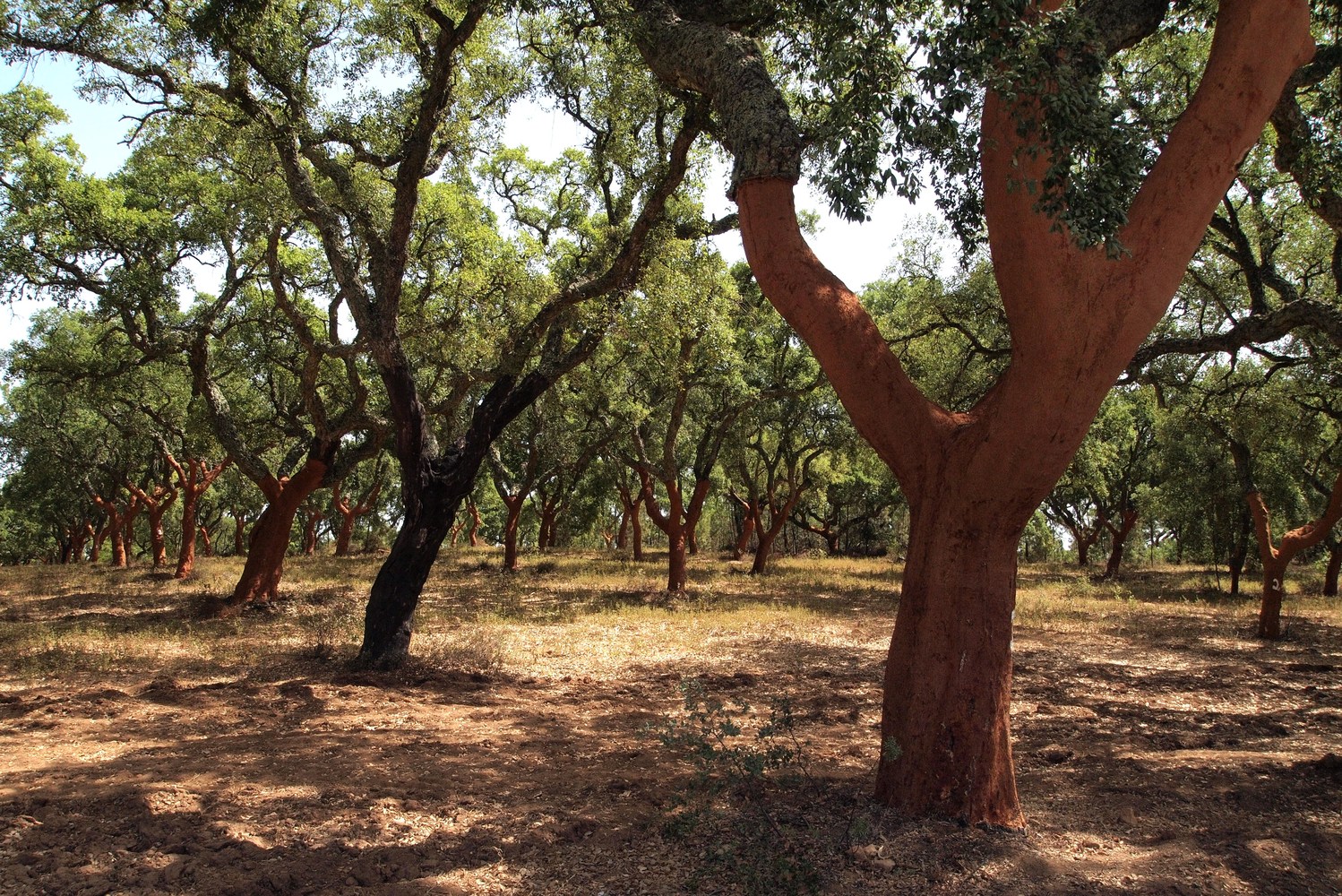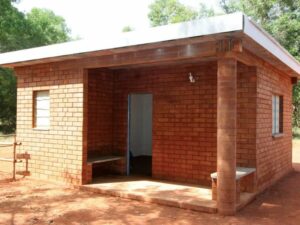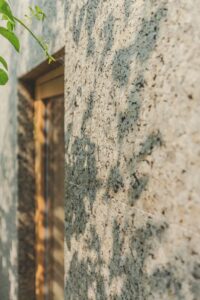
Sustainable building materials are a key component of creating environmentally responsible structures. By using materials that are produced and sourced with consideration for their impact on the environment, we can reduce the overall carbon footprint of the building and promote a healthier and more sustainable way of life. Here, we’ll take a closer look at some of the key sustainable building materials and the benefits they offer.
–Bamboo: Bamboo is an incredibly versatile and sustainable material that has been used for centuries in construction. It is a fast-growing plant that can be harvested every 3-5 years, making it a highly renewable resource. Bamboo is also incredibly strong, with a tensile strength greater than steel, which makes it ideal for use in building structures.

–Recycled Steel: Recycling steel is an eco-friendly way of producing building materials since it reduces the amount of waste produced from the construction industry. It is also highly durable and resistant to natural elements, which makes it ideal for use in roofing and framing.

–Reclaimed Wood: Reclaimed wood is salvaged from old buildings, bridges, and other structures. The use of reclaimed wood reduces the amount of new trees that need to be harvested, which helps to preserve natural habitats and promote sustainable forestry. Reclaimed wood is also incredibly durable, and it offers a unique aesthetic that cannot be replicated with new wood.
–Rammed Earth: Rammed earth is a construction technique that involves packing soil, sand, and other natural materials into a frame to create solid walls. The technique has been used for centuries and is making a comeback due to its sustainability and low environmental impact. Rammed earth structures are highly energy-efficient since they have high thermal mass and can regulate the internal temperature naturally.

–Cork: Cork is a natural, sustainable material that is made from the bark of the cork oak tree. It is harvested every nine years, without harming the tree, which makes it a highly renewable resource. Cork is also a highly versatile material that can be used for insulation, flooring, and wall coverings.

The benefits of using sustainable building materials are numerous. Not only do they reduce the impact of construction on the environment, but they also offer long-lasting and durable structures. Sustainable materials can also contribute to creating healthier indoor environments by reducing the amount of toxic chemicals that are released into the air during the construction process. Moreover, using sustainable materials can also create a unique aesthetic that promotes the use of natural materials in construction.
In conclusion, sustainable building materials offer numerous benefits to the construction industry and to the environment. As awareness of environmental issues continues to grow, more people are turning to sustainable building materials to create eco-friendly structures that are both durable and aesthetically pleasing. By utilizing sustainable materials, we can promote a more sustainable and environmentally responsible future.
Call HBC for help with your sustainable material projects in the following west Michigan communities: Fenwick, Sheridan, Stanton, Greenville, Grand Rapids, Ionia, Belding, Sidney, Gowen, Trufant, Orleans, Smyrna, Grattan, Lowell, Cedar Springs, Sand Lake, Pierson, Rockford, Belmont, Comstock Park, Sparta, Kent City, Ada, Forest Hills, Kentwood, Cutlerville, Byron Center, Caledonia, Wyoming, Grandville, Jenison, Walker, Saranac, Carson City, Crystal, Edmore, Lakeview, Vestaburg and many other areas of west central Michigan. Contact us today!



